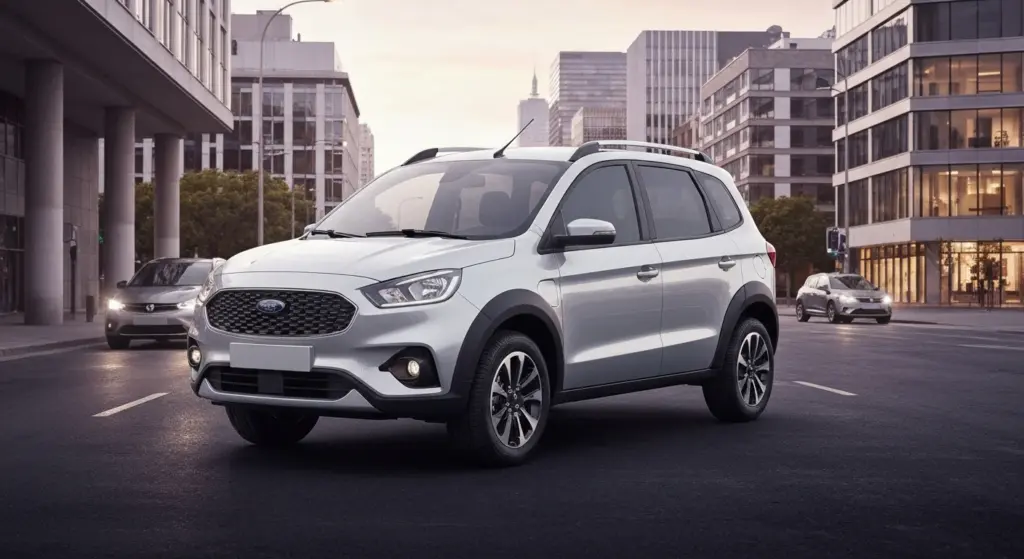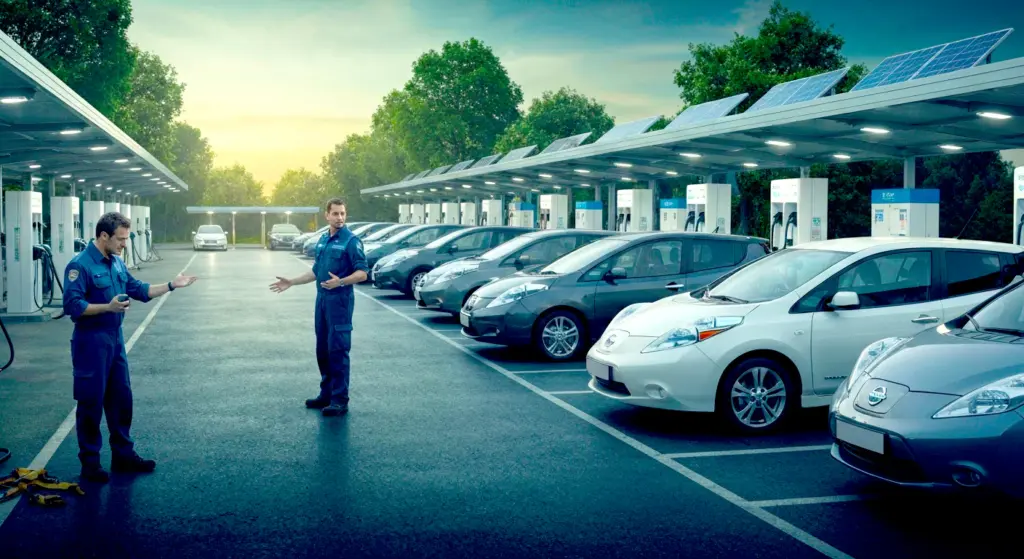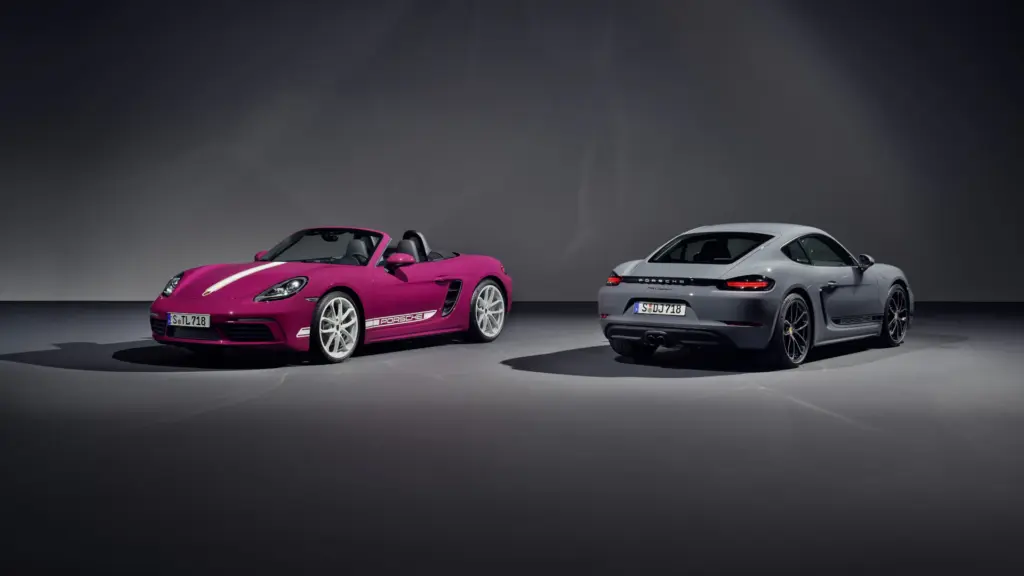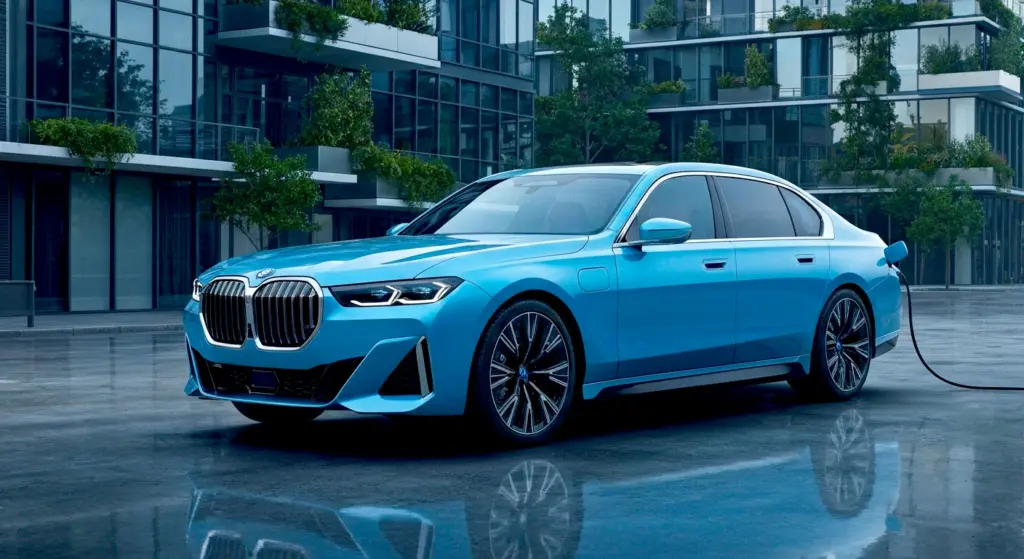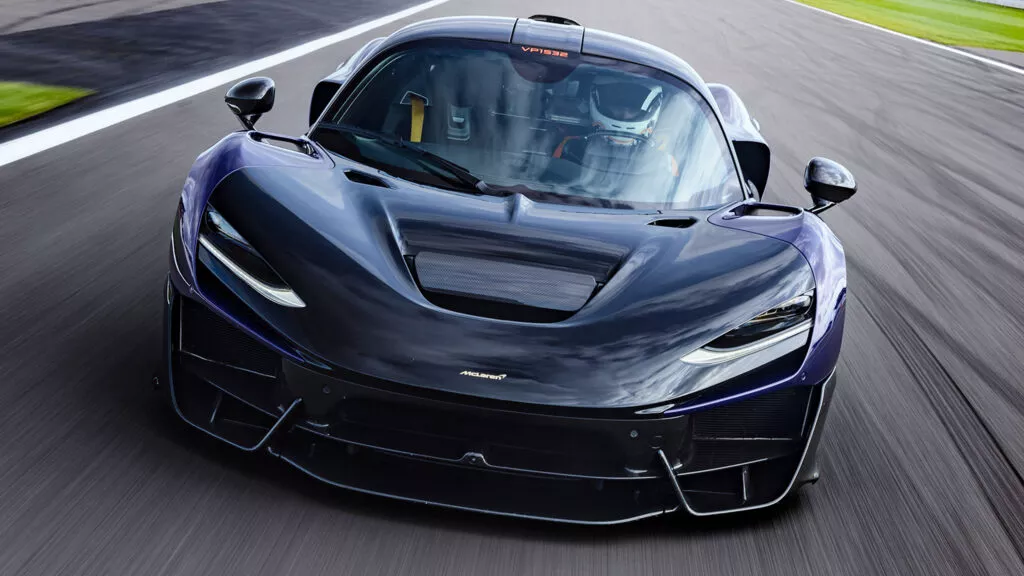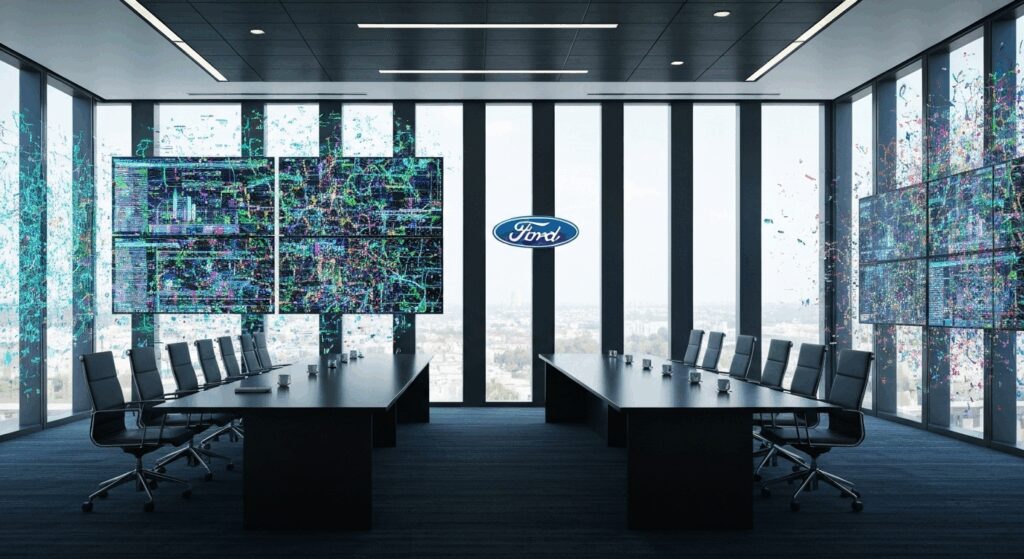BYD has just unveiled an electric motor that redefines the boundaries of automotive technology. With an impressive rotation of 30,511 rpm, this motor not only surpasses the competition but also marks the beginning of a new era of efficiency and power for electric vehicles.
BYD Motor: Innovative Performance and Maximum Power
The new BYD motor delivers 580 kW (equivalent to 778 hp) per module, positioning it as one of the most advanced in production. This launch is accompanied by the brand’s 1000V fast charging system, demonstrating BYD’s commitment to innovation in all aspects of electric vehicle technology. In terms of rotation, the BYD motor exceeds the Xiaomi V8s and the motor from the Tesla Model S Plaid, setting a new standard in the industry.
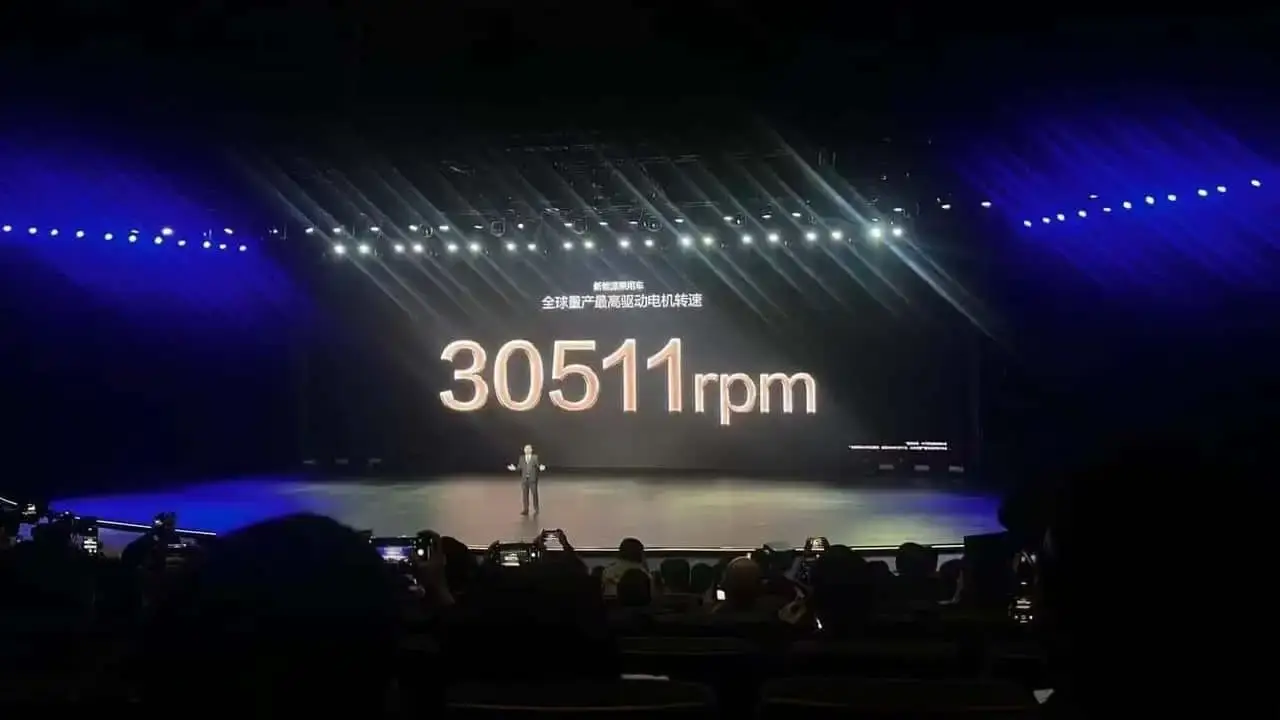
Technically, the motor stands out for its use of high-energy N50EH magnets, which enhance magnetic performance by 18%. This innovation, combined with other technologies, ensures superior and efficient performance. BYD continues to demonstrate its ability to lead the forefront of automotive electrification.
Technologies Driving Energy Efficiency
The efficiency of the BYD motor is remarkable, achieved through various technological innovations. A 44% reduction in current losses and the use of ultra-thin 0.2 mm silicon steel sheets minimize iron loss. The 10-layer short winding design contributes to a 21% reduction in copper loss, further optimizing energy performance.
The dynamic balancing system, adjusted to 50 mg, half the industry standard, and the 1500V silicon carbide (SiC) module developed by BYD itself are crucial components. Additionally, the direct liquid cooling system ensures efficient heat dissipation, maintaining optimal performance under various usage conditions.
Surprise in BYD Family Vehicle Application
Contrary to expectations, BYD chose to introduce this high-performance motor in the Han L and Tang L models, family vehicles such as a sedan and SUV. This decision is surprising, considering that similar technologies typically debut in luxury or sports lines. The choice demonstrates BYD’s intention to democratize advanced technologies, bringing high performance to the family car segment.
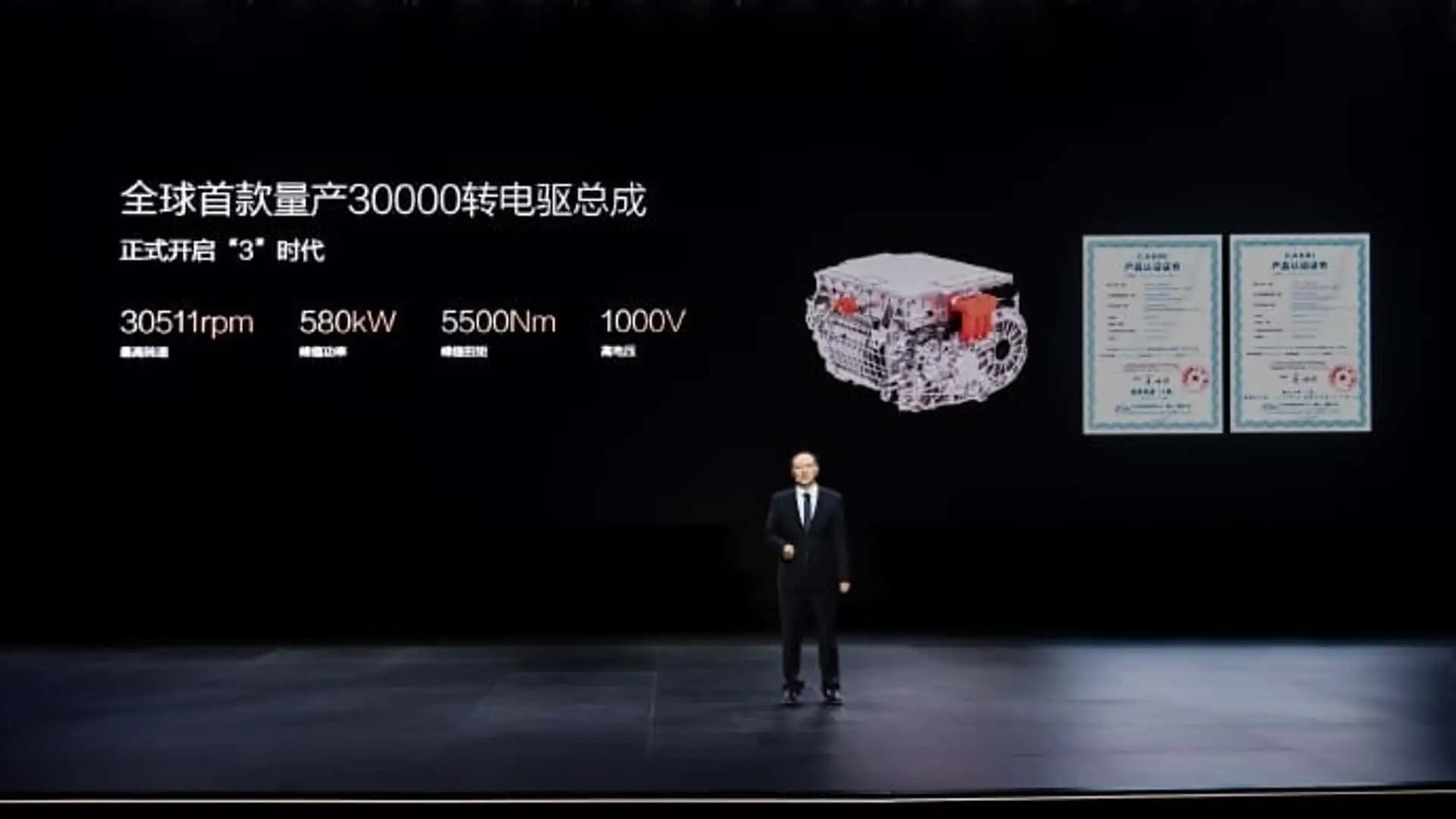
Despite the family focus, the performance numbers are impressive. Tests reveal that the Han L accelerates from 0 to 62 mph in 2.7 seconds and from 62 mph to 124 mph in 4.74 seconds. The Tang L, on the other hand, reaches 62 mph in 3.6 seconds and from 62 mph to 124 mph in 6.19 seconds. These numbers place the models in the realm of super sports cars, even though they are designed for families.
Safety and Accessibility of the New BYD Power
The launch of the BYD motor has reignited the debate about the appropriateness of such power in everyday vehicles. While some high-performance models are aimed at enthusiasts, the Han L and Tang L target a broader audience. Questions arise regarding safety and the need for progressive power control systems, like the one implemented by Xiaomi.
BYD has yet to comment on additional safety measures to ensure the responsible use of this power by less experienced drivers. It remains to be seen whether the brand will implement restrictions or training programs to ensure that the high performance of the new models is utilized safely and responsibly by all drivers.
Highlights of the New BYD Motor:
- High Rotation: 30,511 rpm
- High Power: 778 hp
- Enhanced Efficiency
- Innovative Technology
- For Family Cars
| Motor | RPM | Power (kW) | Vehicle |
|---|---|---|---|
| BYD Motor | 30,511 | 580 | Han L/Tang L |
| Xiaomi V8s | 27,200 | – | SU7 Ultra |
| Tesla | 20,000 | – | Model S Plaid |
In summary, the new BYD motor represents a remarkable advancement, combining high power and efficiency. Its application in family cars raises important discussions about safety and the democratization of cutting-edge technologies in the automotive market.
Author: Fabio Isidoro
Founder and editor-in-chief of Canal Carro, he dedicates himself to exploring the automotive universe with depth and passion. A car and technology enthusiast, he produces technical content and in-depth analyses of national and international vehicles, combining quality information with a critical eye for the public.

